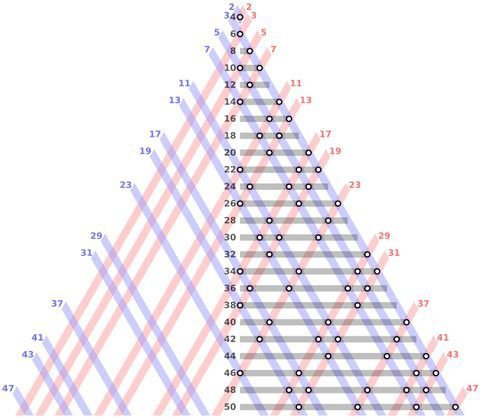-
• 1 year, 5 months ago
Hardest Math Problems That Remain Unsolved
One of the biggest unsolved mysteries in math is also very easy to write. Goldbach’s Conjecture is, “Every even number (greater than two) is the sum of two primes.” You check this in your head for small numbers: 18 is 13+5, and 42 is 23+19. Computers have checked the Conjecture for numbers up to some magnitude. But we need proof for all natural numbers.
Goldbach’s Conjecture precipitated from letters in 1742 between German mathematician Christian Goldbach and legendary Swiss mathematician Leonhard Euler, considered one of the greatest in math history. As Euler put it, “I regard [it] as a completely certain theorem, although I cannot prove it.”
Euler may have sensed what makes this problem counterintuitively hard to solve. When you look at larger numbers, they have more ways of being written as sums of primes, not less. Like how 3+5 is the only way to break 8 into two primes, but 42 can broken into 5+37, 11+31, 13+29, and 19+23. So it feels like Goldbach’s Conjecture is an understatement for very large numbers.
Still, a proof of the conjecture for all numbers eludes mathematicians to this day. It stands as one of the oldest open questions in all of math.
1 Share






About Me

RejiG Team
Administrator
Train your brain with RejiG. We have created awesome games and puzzles with you in mind, which are fun and, what’s more, will improve your memory, attention, and spatial orientation. That’s the RejiG Experience!
Friends
Groups
Recent Posts












